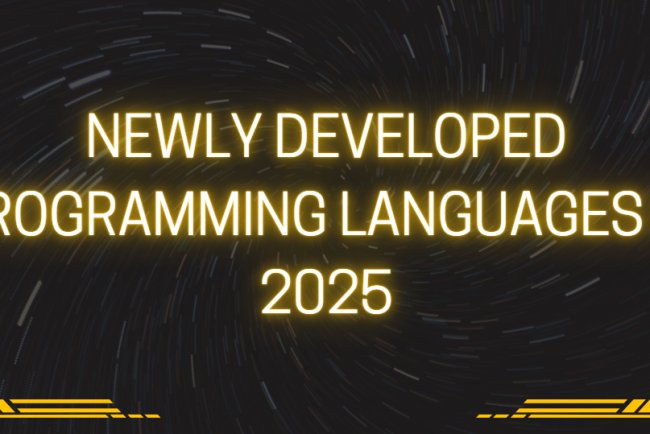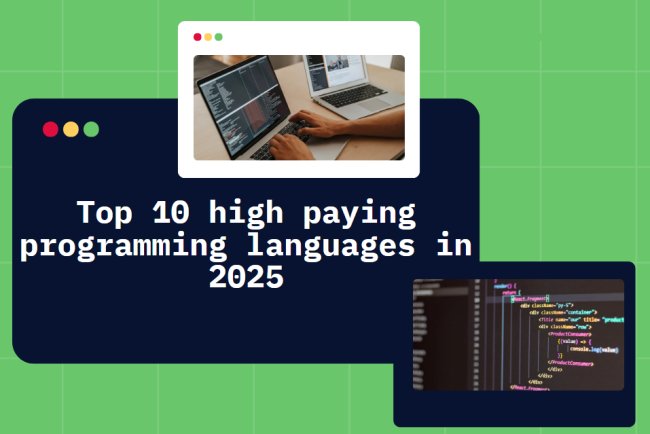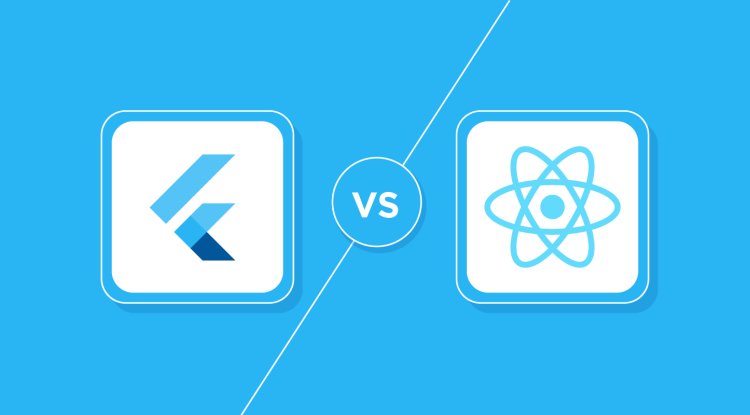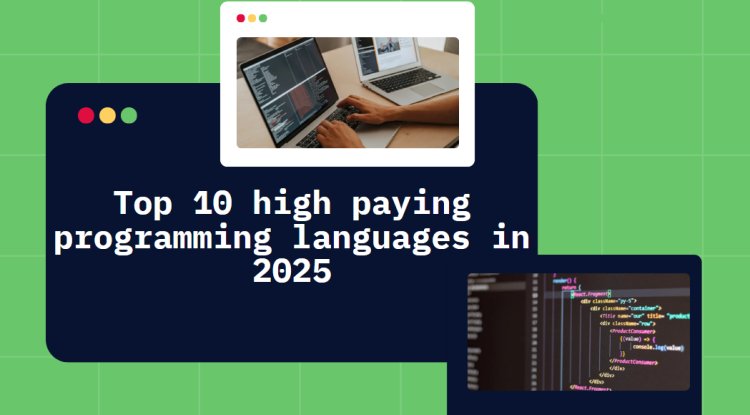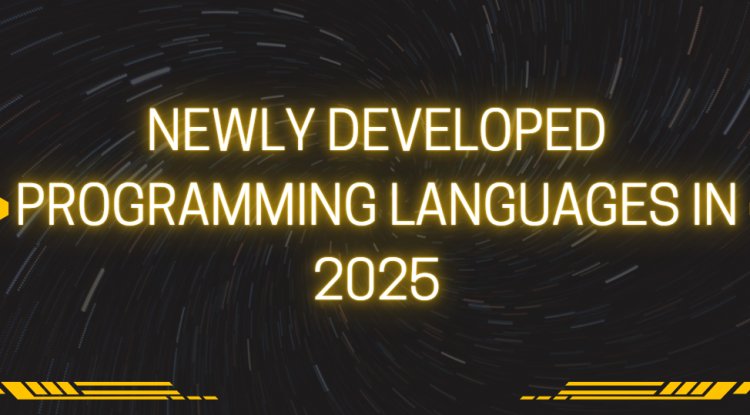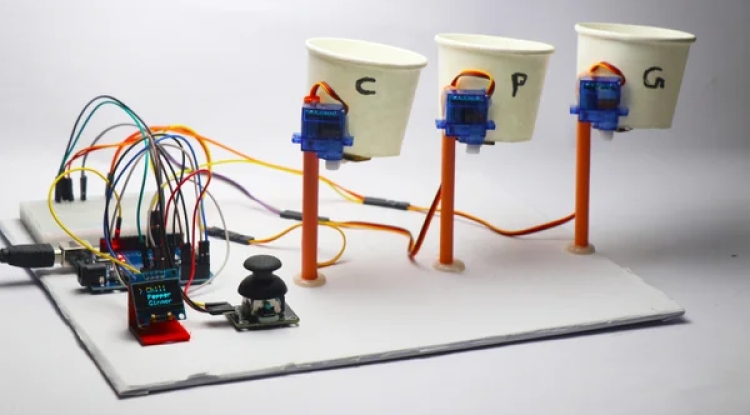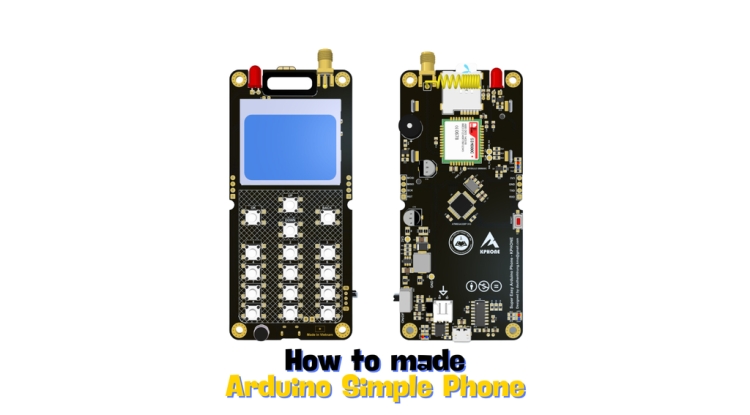Flutter Vs React Native : Which is better in 2025
Flutter and React Native are prominent cross-platform mobile app development frameworks, each offering distinct advantages and characteristics.
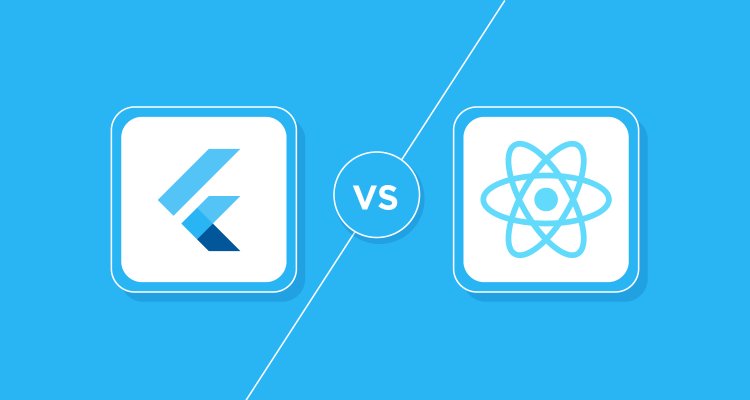
1. What Flutter Actually Is — In Depth
Flutter is not just a framework — it’s a complete application development SDK. This means it comes with everything you need to build and run an app:
-
Rendering engine (Skia): Handles drawing all UI elements without relying on platform-native widgets.
-
Widget library: Rich, customizable UI components.
-
Dart runtime: Compiles your code to machine code for performance.
-
Development tools: Hot Reload, DevTools, debugging, profiling.
The biggest differentiator is that Flutter doesn’t wrap native UI components like React Native does. It renders everything itself, ensuring pixel-perfect designs across devices. This is why a Flutter app can look identical on Android, iOS, and web — and also why you can heavily customize the look without fighting the platform.
1.1 How Flutter Works Internally
-
Your Dart code → compiled to native ARM/x86 machine code.
-
Flutter engine (C++ + Skia) → draws UI elements on a canvas.
-
The OS displays Flutter’s output as a single native view.
Because Flutter draws everything itself:
-
Pros: Consistent look, no need to wait for native updates, full control over UI.
-
Cons: Larger app size, must implement accessibility and native behavior manually.
2. What Reactive Programming Really Means
Reactive programming is a mindset — a way of thinking about data and events. Instead of imperative code where you tell the program how to update, reactive programming focuses on what should happen when data changes.
2.1 Key Reactive Concepts
-
Observable: A source of data that can emit values over time.
-
Subscriber/Observer: Listens to data changes and reacts.
-
Operators: Functions to transform, combine, or filter data streams.
-
Backpressure handling: Managing flow when data comes faster than it can be processed.
-
Cold vs Hot Streams:
-
Cold: Starts emitting when a subscriber joins.
-
Hot: Emits values regardless of whether there are subscribers.
-
2.2 How It Works in Practice
Imagine a chat app:
-
Imperative approach: You fetch messages every 5 seconds, then manually update the UI.
-
Reactive approach: You subscribe to a “messages” stream. Whenever a new message arrives, the UI automatically updates.
3. History and Evolution
Understanding their evolution helps explain why Flutter and Reactive are popular in 2025.
3.1 Flutter’s Timeline
-
2015: Google starts developing Flutter.
-
2017: First beta release — targeting mobile apps.
-
2019: Stable release — Android & iOS supported.
-
2020–2021: Web and desktop support added.
-
2022–2024: Major adoption in startups and enterprises for unified app development.
-
2025: Strong ecosystem; adopted in fintech, health, and e-commerce.
3.2 Reactive Programming’s Timeline
-
1970s: Early event-driven models in GUIs.
-
1990s: Observer pattern formalized.
-
2000s: Functional reactive programming research grows.
-
2010s: Rx frameworks emerge (RxJava, RxJS, RxSwift).
-
2020–2025: Reactive patterns dominate real-time applications (IoT, live collaboration, streaming).
4. Fundamental Difference in Philosophy
| Aspect | Flutter’s Approach | Reactive’s Approach |
|---|---|---|
| Main Goal | Build consistent, beautiful, cross-platform UIs. | Handle data & events in a responsive way. |
| Scope | Full UI SDK. | Data flow paradigm, applicable in any system. |
| Driving Principle | UI = function of state. | Everything is a stream; propagate changes automatically. |
In essence:
-
Flutter is about how your app looks and runs.
-
Reactive programming is about how your app thinks and reacts.
5. Technical Architecture Comparison
5.1 Flutter Architecture
-
Framework Layer (Dart): Widgets, gestures, animations.
-
Engine Layer (C++): Skia renderer, text shaping, accessibility.
-
Embedder Layer: Bridges Flutter with OS APIs (keyboard, touch, etc.).
5.2 Reactive Architecture
-
Event Sources: APIs, sensors, user input.
-
Stream Layer: Observable pipelines.
-
Operators: Transform, debounce, merge, map, filter.
-
Subscribers: UI elements, services, or data stores.
In a Flutter + Reactive app:
-
Flutter renders UI.
-
Reactive programming controls when and how data updates reach widgets.
6. Pros & Cons Deep Dive
6.1 Flutter Pros
✅ One codebase for many platforms.
✅ Hot Reload for fast UI iteration.
✅ Consistent look & feel.
✅ Strong Google support.
✅ Great for custom, complex UI.
6.2 Flutter Cons
❌ Larger binary size.
❌ Higher memory usage than native.
❌ Not as mature in web as mobile.
❌ Must keep up with Flutter updates for stability.
6.3 Reactive Pros
✅ Scales beautifully with real-time data.
✅ Less manual state handling.
✅ Encourages declarative code.
✅ Flexible — works in many environments.
6.4 Reactive Cons
❌ Steep learning curve.
❌ Debugging can be harder.
❌ Misuse can lead to memory leaks.
❌ Overengineering risk for small projects.
7. Real-World Use Cases in 2025
7.1 Flutter Use Cases
-
Mobile apps needing consistent brand design.
-
MVPs and startups needing speed to market.
-
Apps with animations and custom UI.
-
Cross-platform enterprise tools.
7.2 Reactive Use Cases
-
Live financial dashboards.
-
IoT device monitoring.
-
Multiplayer game state sync.
-
Large-scale backend event processing.
8. Combining Flutter and Reactive in 2025
This is often the best choice.
Flutter renders your UI, and reactive programming feeds it the right data at the right time.
Example Flow:
-
API sends JSON → Reactive stream processes it.
-
Stream updates UI via Flutter widgets (
StreamBuilder). -
UI changes automatically without manual triggers.
Popular Flutter Reactive Tools:
-
StreamBuilder -
RxDart
-
Flutter_BLoC (reactive architecture)
-
Riverpod with stream providers
9. Team Productivity & Maintenance
9.1 Flutter
-
Fast UI prototyping.
-
Easy onboarding for new devs.
-
Requires architectural discipline for large apps.
9.2 Reactive
-
Improves long-term maintainability.
-
Encourages modular code.
-
Initial learning slows onboarding.
10. Industry Adoption in 2025
10.1 Flutter Adoption
-
Widely used by Google, Alibaba, Toyota, ByteDance.
-
Popular for startups & cross-platform products.
-
Many government e-service apps.
10.2 Reactive Adoption
-
Used in backend systems at Netflix, Uber, Tesla.
-
Powers high-frequency trading platforms.
-
Embedded in IoT frameworks.
11. Performance Considerations
-
Flutter:
Great for animation-heavy apps; stable 60–120fps if optimized. -
Reactive:
Excellent for massive data throughput, less about visual rendering speed.
12. Future Outlook (2025–2030)
-
Flutter will likely evolve with better web/desktop parity, smaller binary sizes, and more built-in reactive patterns.
-
Reactive programming will see more declarative UI frameworks using streams as a first-class citizen.
-
AI-assisted reactive UIs may become the norm, where AI determines which data streams to subscribe to dynamically.
13. Which Is “Better”?
There’s no universal winner.
-
If you need beautiful, cross-platform UIs → Flutter.
-
If you need efficient, real-time data pipelines → Reactive.
-
If you want both great UI and great data handling → Combine Flutter + Reactive.
Think of it like:
-
Flutter = The stage and props.
-
Reactive programming = The choreography of how actors move.
14. Final Verdict
In 2025, the most competitive apps — whether fintech dashboards, streaming platforms, or delivery services — often use both. Flutter delivers a polished, unified interface, while reactive programming ensures smooth, real-time responsiveness.
A purely Flutter app without reactive patterns might work fine for static content, but will struggle with heavy real-time updates. A purely reactive backend without a UI framework might be powerful, but useless without something to present it.
The real power is in marrying the two.
What's Your Reaction?








